Sanjoy Patnaik
Evidentiary studies across the country infer that informal sector holds the key to post COVID economic resurgence. Experts argue that the oft ignored informal sector could help Indian economy sail through this difficult time. However, the major players of the informal sector at present are the worst-hit with stories of hunger, starvation deaths, accidents and police brutality hitting social media thick and fast.
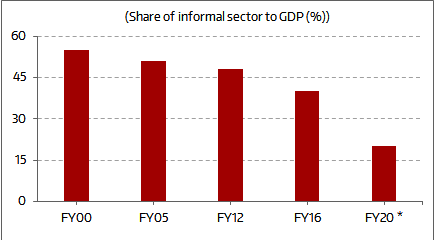
Never had the country anticipated how devastating could the impact of such unwarranted lockdown be on the lives and livelihoods of the unskilled and semi-skilled workforce, daily wage earners, and small vendors who represented approximately 95% of the total industrial units of the country; employing about 40% of India’s informal workforce, delivering roughly 45% of the Indian manufacturing output, and 40% of the total exports (livemint: 20 April 2020). In millions, this informal workforce is walking endlessly on the streets – starving, exploited, helpless, and desperate to reach home.
Lessons from Ebola as recorded by the UN agencies especially FAO, stress the need for reviving and safeguarding livelihoods and food security in rural areas on war footing; failing which a large chunk of this informal workforce would possibly slide into a cobweb of hunger and starvation as result of declining food production and disrupted supply chain. Barely a month ago, the World Food Programme (WFP) had predicted that the number of hungry people in India would double and go beyond 270 million as against a 135 million before COVID referring to the situation as a ‘crisis within crises’.
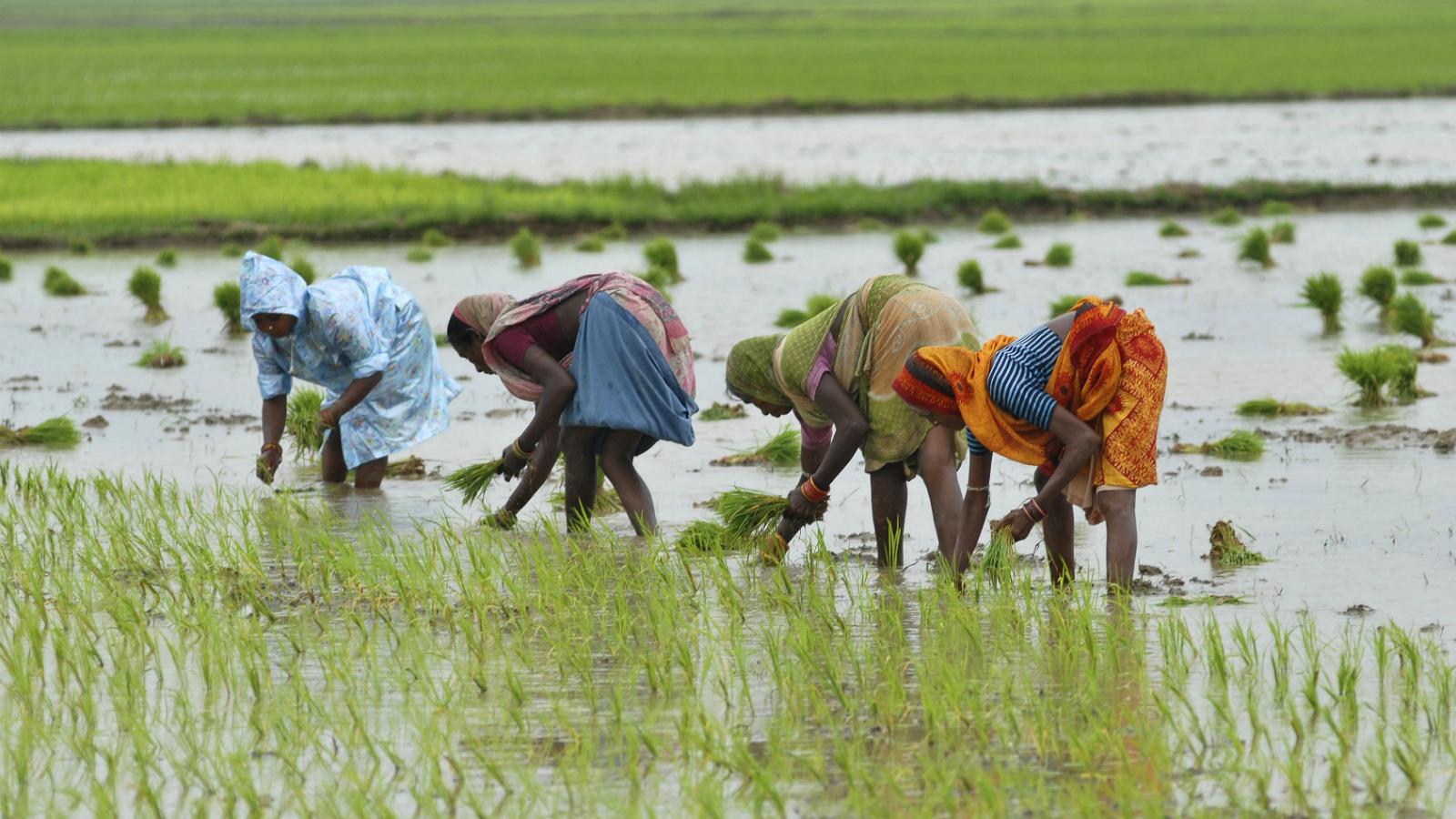
System’s capacity to address hunger, pandemic and economic revival together
Along with the containment of nCorona, the national and state governments stare at two critical challenges; a) addressing insurmountable hunger and starvation and, b) the post COVID revival of a sinking economy. While governments have made elaborate provisions for supply of food grains beginning with NFSA, PMGKY to Atma Nirbhar Bharat Abhiyan; a good percentage of the target group are unable to access food grains because of systemic errors and roadblocks.
For instance in a number of remote villages in Malkangiri district of Odisha, the tribal people could neither get their share of ‘Naveen rice’ nor ‘Modi rice’, as the state and central food grain allocations are locally known here, because their ration cards were not Adhaar linked. Their names for some reason could not be auto-included as per Government of Odisha’s provision for auto-inclusion, which provides for poor families with old aged, differently abled or wage labourers without ration cards to be included into the list of beneficiaries.
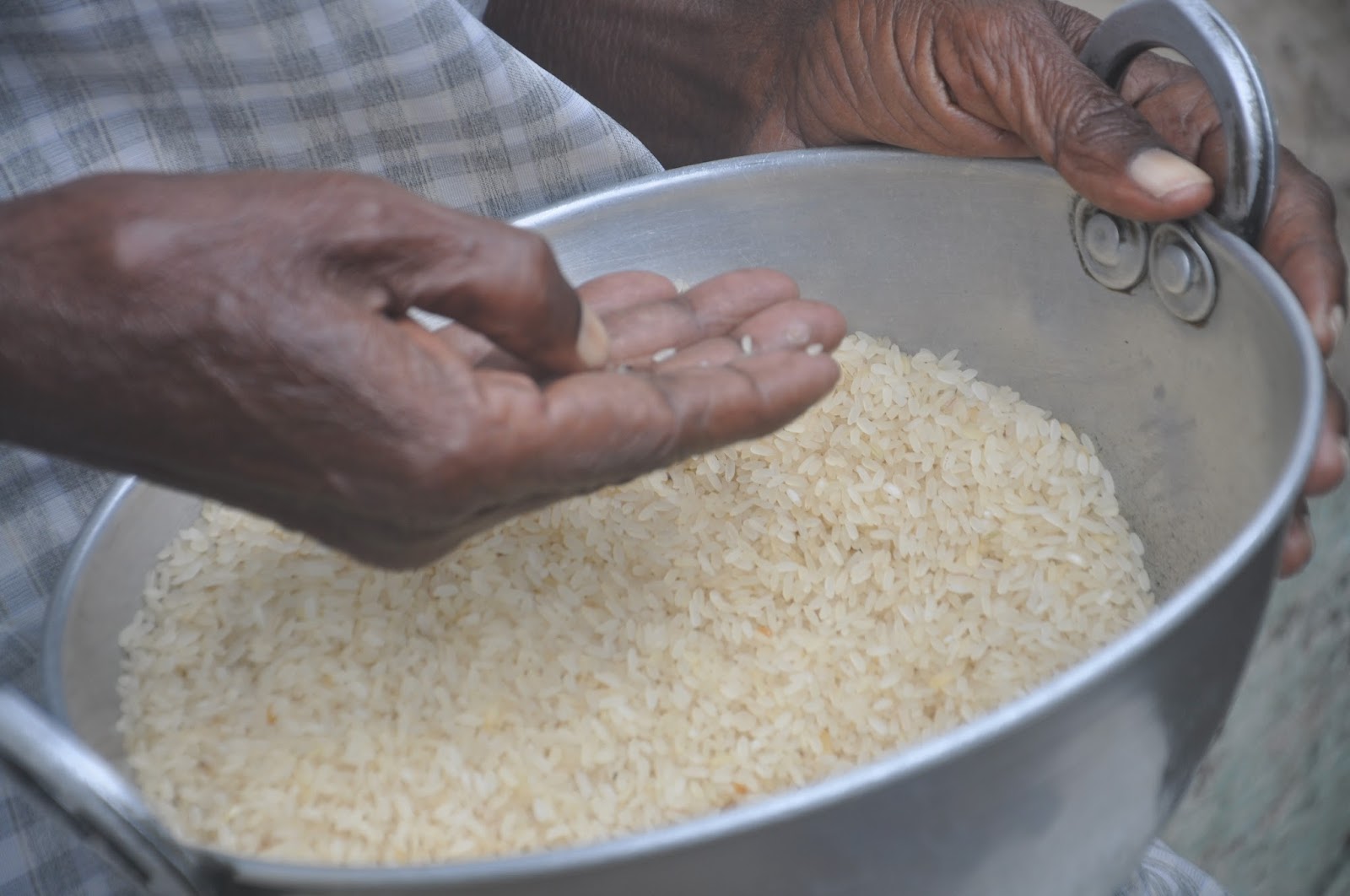
When systems don’t deliver, lofty and populist provisions fall flat. It is almost two weeks since the central government declared rice allocation to migrant workers under the Atma Nirbhar Bharat Abhiyan. The Government of Odisha released a circular on the 22nd May 2020 for the supply of 100 MT of food grains. But till date, the 26th of May not a single grain could be released since the state government is still waiting for respective districts to send them the list of eligible migrant workers.
When food grains don’t reach people in time; it amounts to pushing them to the brink of starvation deaths. The task is simple; food grains are to be procured from the FCI warehouses and to be distributed against a list. But when you don’t have a list, you don’t know who the beneficiaries are, and you are stuck.
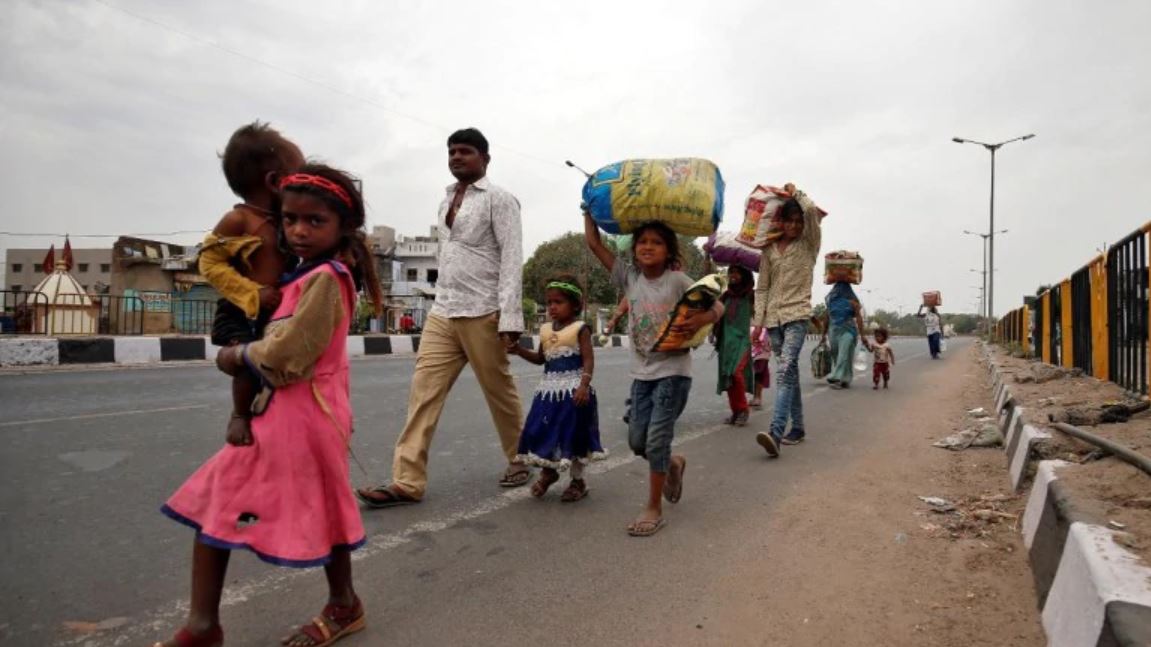
Time to maximise potential
Why is this the right time to discuss system’s capacity to deal with multiple challenges? By system’s capacity, I mean the administrative wherewithal to build internal mechanisms to respond to constantly changing external demands. System’s capacity could mean putting a governance mechanism in place that could access external assistance to strengthen administrative processes. In other words, it could also mean establishing a collective and inclusive decision making platform to maximise output.
The curfew, the lockdown and the shutdown were largely regulatory actions where authorities needed to ensure people stay inside so that COVID could be contained. The fight against COVID, both at the centre and state level, has largely been a bureaucratic exercise much to the discontent of political leaders. In a state like Odisha where disasters are a regular visitor; disaster response has always been led by bureaucrats, often criticised for accumulating unprecedented powers in the name of disaster management.
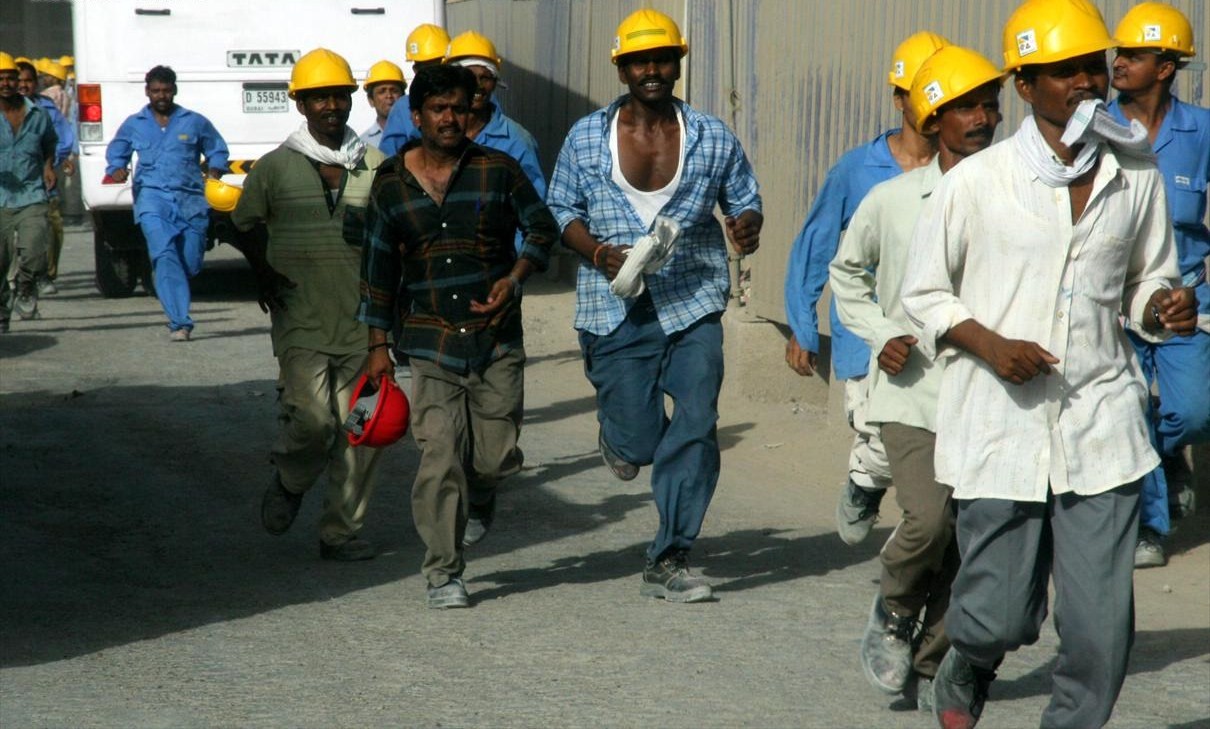
With the gradual relaxation of lockdown, we are transitioning from a phase of regulation to that of development. This leaves us with even a bigger question of whether the bureaucracy, with a proven track record of being competent crisis managers, can singlehandedly tackle the larger development functions of rebuilding the economy with equal grit and capacity or in view of larger public interest and accountability questions, partner effectively with political leaders having better grassroots-connect to jointly plan and supervise development programmes? As we move on to find possible solutions to resurrect the falling economy, the need for enhanced system’s capacity looks like a non-negotiable.
What’s after quarantine?
In a few days, the migrant workers would return to their respective villages after completing the quarantine period. The gradual relaxation of lockdown and the opening up of the industries and manufacturing units may encourage migrant workers to return to work destinations. However, many may even decide to stay back and not return to work, especially those for whom home coming wasn’t a happy experience. This may raise a situation where rural Odisha would have a huge growth in the quantum of workforce without much earning sources. If unattended, a major chunk of this population would relocate as urban poor.
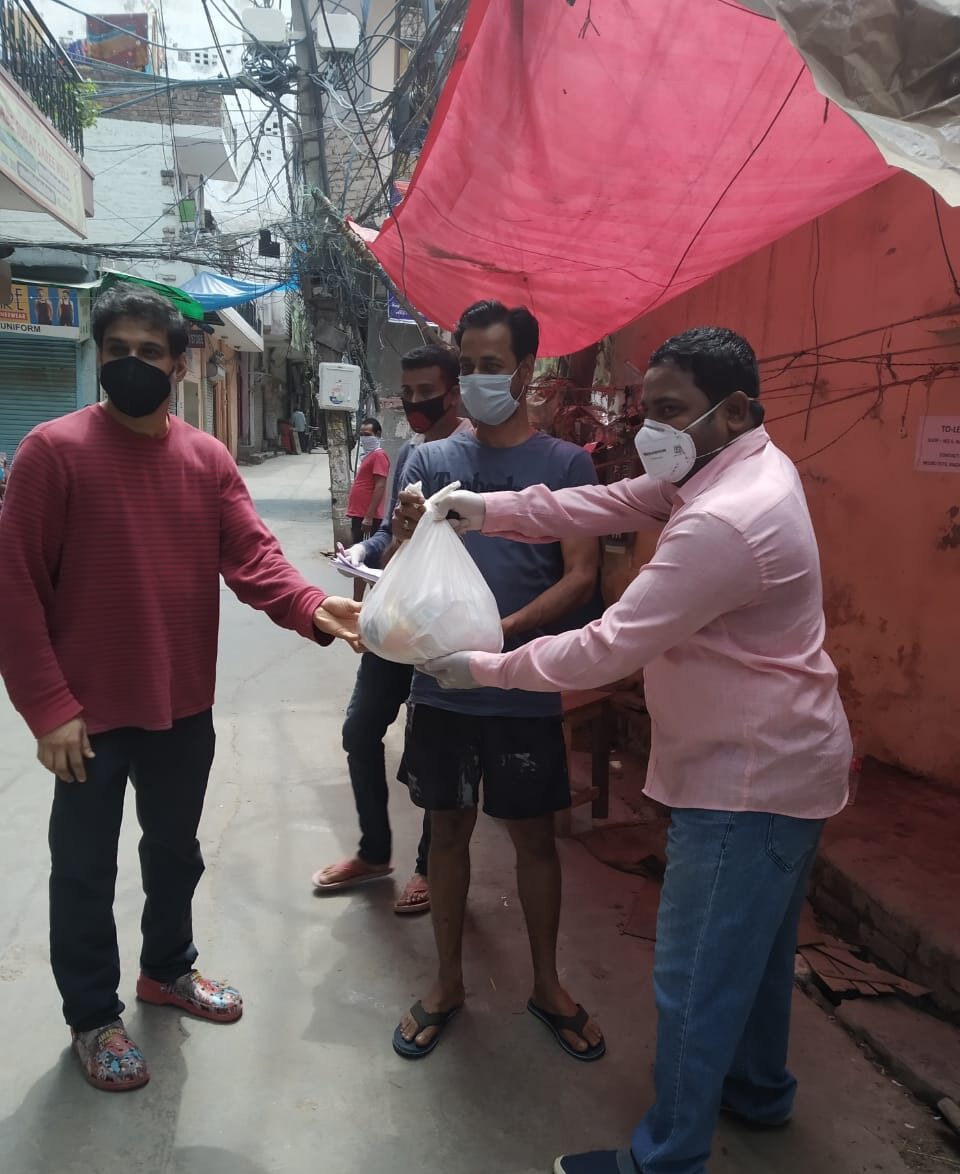
In my previous article on migrant workers in this portal (https://www.odisha.plus/2020/05/doles-may-not-be-enough-for-migrant-workers/), I had argued for a robust database for the migrant workers, which the state government doesn’t have at present. Instead of initiating the process of creating this data at the state level, recently one of our Cabinet Ministers requested the central government to create a database of migrant workers and to that effect form a central task force. While his concern is appreciable, Hon’ble Minister needs to know that it is not the central government who should be creatinga database of migrant workers for Odisha.
It is the responsibility of the state government to create that database. ‘Labour’ is a subject in the Concurrent list, therefore, the state government is empowered to make its own laws and rules. Hon’ble Minister and his esteemed colleague in the Labour ministry must jointly work to develop a database using the current data collected at the panchayat level.
Time is running out
We are in the middle of an unprecedented human and material crisis. Tens of thousands have died and millions impoverished even in the so called prosperous economies during this nCorona crisis. Before the rising nCorona curve becomes flat, as it will one day; states need to get their livelihoods and food security strategies ready. While developing its livelihoods strategies the state government may consider the following;
- Continue ration support to migrant workers beyond the quarantine phase using data available at panchayat level and address access to food issues through auto-inclusion and provisioning ration cards as per eligibility
- Prepare a post-Covid SoP (Standard Operating Procedure) for gram panchayats
- Available data could be used to provide job cards under MGNREGA to those migrant workers who prefer to stay back in their villages after the lockdown
- Migrant workers could be informed to register themselves as per a format at the panchayat level before leaving for their work in destination states to resume work
- Based on the information an Adhaar linked unique number may be created for each migrant worker primarily to access benefits like cash transfer, insurance, social security in a situation of crisis
- Such registration will provide a legal standing and they can make their employers accountable to them in such eventualities in future
- An aggregated version of this collected from all states may be useful for the centre to create a central labour registry
- As a boost to farm sector, farm labour component of small and marginal farmers could be subsidised under MGNREGA
- Increasing number of workdays through village infrastructure development, asset creation, and plantation where the labour component could be sourced from CAMPA funds
- State government may consider withdrawing ongoing restrictions on forest produce collection and marketing
- Considering the fact that a sizeable chunk of migrant workers could stay back, the state government may consider gainfully employing them in the agri-sector introducing a set of incentives and reforms. The most important among them is the agricultural land leasing reforms. If immediately introduced as an ordinance, it could formalise tenancy to contribute to increased farm production, increase number of farmers and possibly reduce their exit, protect actual cultivators from weather vagaries, bring more areas under cultivation, increased access to credit, insurance, and so on.
- This can be clubbed with an incentive package of reducing the cost of farm production, introducing input subsidies, especially for small and marginal farmers
- Our economy is powered by 65 million enterprises that employ 90% of workforce. Therefore, MSMEs (micro, small and medium enterprises) hold the key to our economic resurgence.
- There is a need for registering each and every firm and enterprise, and the process of registration to start at once – panchayats to play crucial role in such registration
- Funds to be made available to re-start business – finance as an incentive to registration
- Corporates could be roped in to support its own supply chains who provide component support
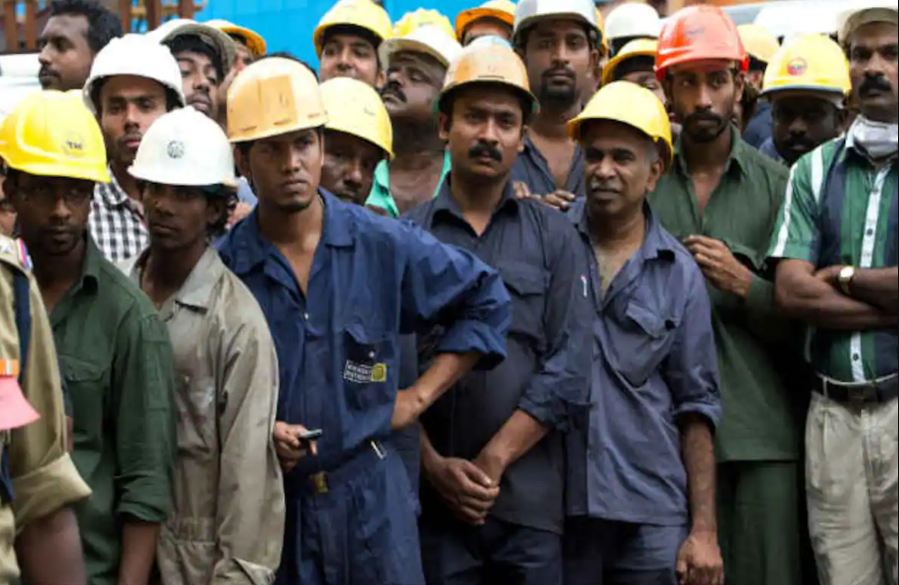
Skill assessment and start-up support to migrant workers
The MSME architecture should be in a manner while MSME planning, coordination and funding could be managed at the state level, each district to have a district project office to; a) create a database of operational MSMEs, b) annual planning and monitoring, c) facilitation of district operations including integration into rural development programmes
State government outfits, like OMFED, Horticulture Mission, Mission Shakti, Odisha Livelihoods Mission, TDCC and primitive tribal micro-projects, primarily focused on livelihoods and MSMEs need to develop their respective Post-Covid Livelihoods Rehabilitation Plans, with the objectives of; a) increased investment and production, b) enhanced outreach, c) increased supply and demand balance, d) increased household returns, and e) availability of credit without collateral.
(Author is a development professional and a filmmaker)























Very practical problem solving approach to the present national crisis.